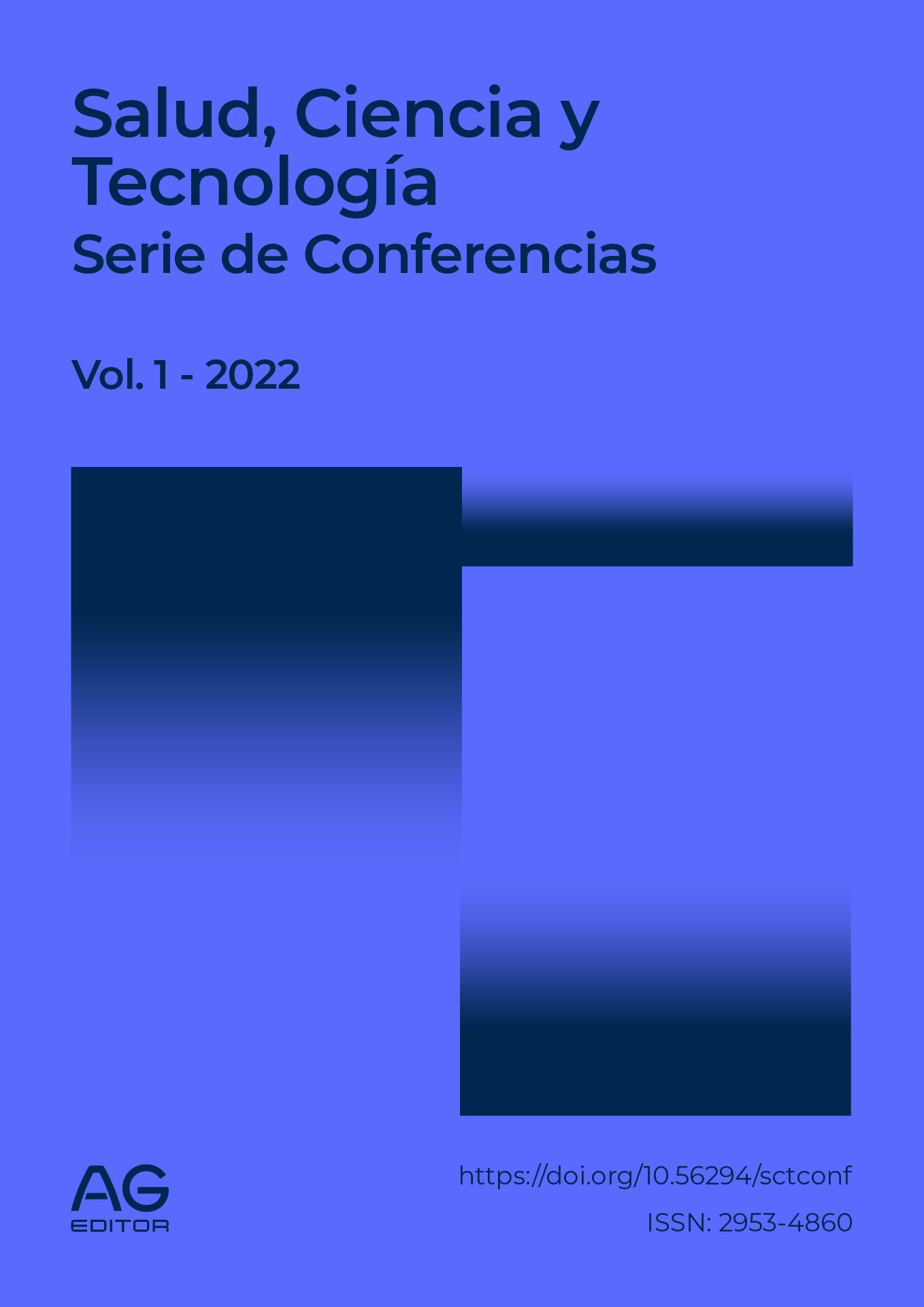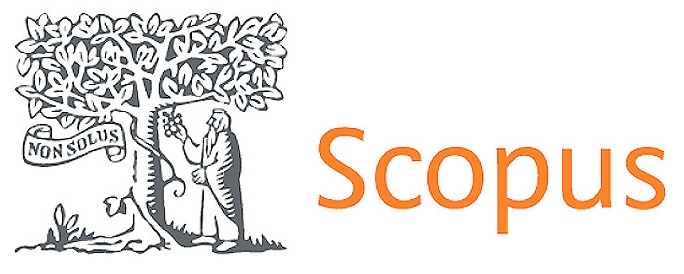Exercises for the development of spelling skills in students of technical careers
DOI:
https://doi.org/10.56294/sctconf2022275Keywords:
Teaching-Learning Process, Spelling - Spelling SkillsAbstract
Education centers in Cuba are immersed in a broad process of improvement, aimed at responding to the needs that society demands nowadays and from which future health technicians are not exempt. That is why, in spite of the fact that spelling skills should be strengthened since primary education, there are still difficulties on the part of students regarding the mastery of spelling rules and other essential elements of the mother tongue that should be taken into account to express themselves adequately in written and oral form; therefore, the objective of this work is the elaboration of a system of exercises to develop spelling skills in technical language in students of the technical careers of the Faculty of Medical Sciences Dr. "Ernesto Che Guevara", in the Faculty of Medical Sciences Dr. "Ernesto Che Guevara" and "Ernesto Che Guevara". "Ernesto Che Guevara de la Serna" that will allow us to work on their improvement. Empirical methods such as observation and documentary analysis will be used, which allowed us to reveal the lack of knowledge of the Spanish accentuation rules and the orthographic rules of the main graphemes of the Spanish language used in the technical language to be used, which negatively affects communication in written form and in terms of the result of the final evaluation in each of the subjects they receive in their respective curricula of study and therefore do not contribute to the comprehensive training of future professionals who study in this campus.
References
1. Sánchez de Bustamante: Selección de Textos de José de la Luz. Editorial Ciencias Sociales, La Habana, 1981 (Aforismos), pág. 167.
2. Octavi F. Filosofías de la Educación, Ediciones CEAC, 2000, pág. 23.
3. INSTRUCCIÓN No.1 /09 del Ministerio de Educación Superior. Indicaciones acerca de los errores ortográficos y de redacción a tener en cuenta en todas las evaluaciones escritas que se realicen en los Centros de Educación Superior. Disponible en: http://files.sld.cu/cimeq/files/2009/07/mes-inst-1-2009-errores-ortograficos.pdf
4-. Mattos LA. Compendio de didáctica general, Río de Janeiro, 1960, p 16.
5. Ferrer, J (2005): “Para evaluar bien, hay que enseñar a escribir mejor”, Centro de Ciencias e Investigaciones Pedagógicas, Universidad de Ciencias Pedagógicas “Félix Varela”, Villa Clara, (artículo digital), p. 5.
6. Galperin, P.Y. (1982). Antología de conferencias Trad. G. Martínez La Habana, Facultad de Psicología, Universidad de la Habana. p. 75
7. Gutiérrez Escobar M, López Fernández R, Rodríguez Gutiérrez R, Rodríguez Arencibia R, Sánchez Ortiz L, Yanes Seijo R. Situación que presenta la ortografía en Cuba y en otros países hispanohablantes al final de la primera década del siglo XXI: sus implicaciones para el uso clínico. MediSur 2010; 8(3):47-53. Disponible en: http://scielo.sld.cu/scielo.php?script=sci_arttext&pid=S1727-897X2010000300009&lng=es.
8. Cano Suayero X, Hernández R.M y Ortis O. PERFECCIONAMIENTO DE LA LENGUA ESPAÑOLA COMO VÍA De COMUNICACIÓN INTERCULTURAL. Disponible en http://esp-centr.sfedu.ru/documents_centr/Statii/Cano_Xiomara_ponencia.pdf
9. Pérez Lugo Mercedes, Pérez Lugo Iliana Margarita, Rodríguez Esquivel Ana Margarita, Peláez Araluce Yamilé. Estrategia para desarrollar habilidades ortográficas en los estudiantes de Tecnología de la Salud. Rev Hum Med 2012; 12(2):337-346. Disponible en: http://scielo.sld.cu/scielo.php?script=sci_arttext&pid=S1727-81202012000200014&lng=es
10. López Ávila E, Sánchez Matos PA. ACTIVIDADES PARA EL DESARROLLO DE HABILIDADES DE ACENTUACIÓN ORTOGRÁFICA EN ESTUDIANTES DE LA CARRERA DE COMUNICACIÓN SOCIAL. Vol. XVI No. 5 2011. http://cvi.mes.edu.cu/peduniv/index.php/peduniv/article/view/94/92
Downloads
Published
Issue
Section
License
Copyright (c) 2022 Danay Ramos Torres, Jessica Izquierdo Machín (Author)

This work is licensed under a Creative Commons Attribution 4.0 International License.
The article is distributed under the Creative Commons Attribution 4.0 License. Unless otherwise stated, associated published material is distributed under the same licence.



